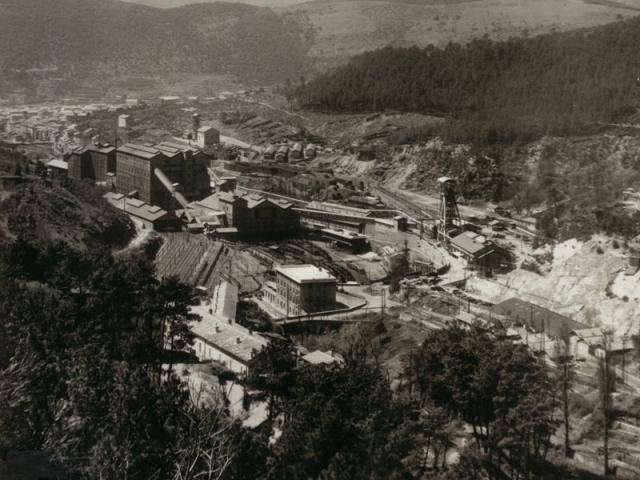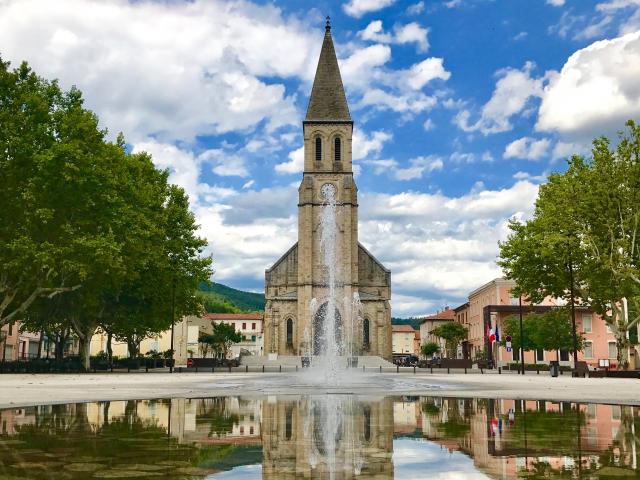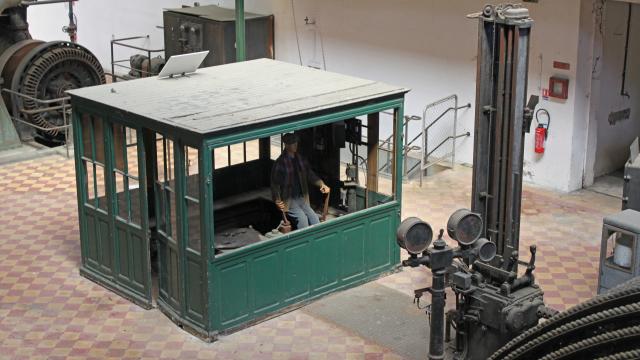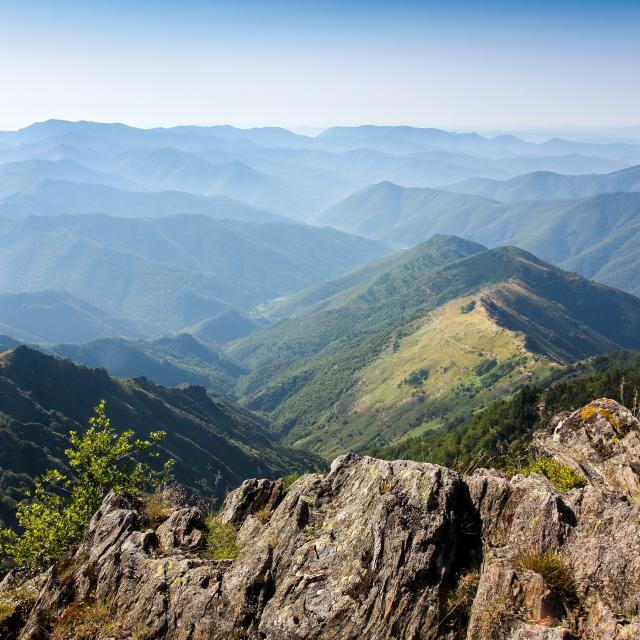The Cévennes and their basins, including in particular Alès and La Grand’Combe, experienced their first hours of industrial glory during the nineteenth and twentieth centuries, largely thanks to one of the riches present in large quantities in their subsoil: coal. The mining then rhythms the daily life of hundreds and then thousands of people.
But the history of coal in the Cevennes begins long before… it is even one of the oldest in France, which begins in the thirteenth century. At that time, of course, the means were rudimentary and one did not go down several hundred meters into the ground: one simply dug holes a few meters deep.
Thus, it took much longer than one might imagine before the large-scale exploitation of this mineral became the driving force of the local industry for more than 200 years.
 Ricard Valley In 1955
Ricard Valley In 1955














